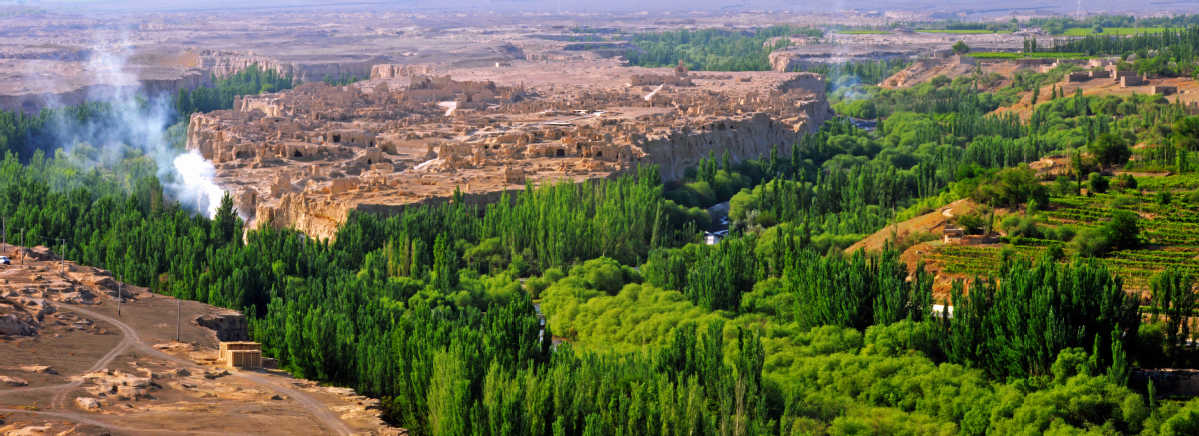Tourism development designed to raise living standards


"The regulation can help Xinjiang, which is rich in tourism resources, become a place with a strong tourist industry, which would boost social and economic development," Zhang Jie, head of the policy department at the regional culture and tourism bureau.
Until recently, there had never been sufficient funds for the construction of tourism-related infrastructure, especially that related to public services. However, the new rules require governments at the county level and above to establish special annual funds for the construction and maintenance of related infrastructure.
The regulation also encourages local governments to make long-term plans for tourism development projects.
It also states that once a plan has been approved, it must not be changed unless special circumstances force alteration.
Zhang said, "What's more, the regulation emphasizes the importance of environmental protection during the development of tourism projects."
In the past, Xinjiang was often seen as "somewhere far way", but improvements to the transportation infrastructure mean the region is now better connected to other parts of China by road, highspeed rail and air. That means traveling to Xinjiang is now easier than ever.
The transportation infrastructure within Xinjiang has also been significantly improved, and all cities are now connected by highways.
Construction of a highway to connect Urumqi, the regional capital, and northern Xinjiang's Altay city is expected to be completed this year. It will be Xinjiang's first highway built across the desert.
The region plans to further boost investment in key transportation infrastructure, including highways and airports, by 2025.
"The continuous efforts to invest in and construct such infrastructure in the past five years have provided strong support for the development of Xinjiang and have made profound changes to both urban and rural areas," Shohrat, the regional chairman, said.
Xinjiang also aims to build a highway network around the Tarim Basin to link cities and counties in the region's south and support local development.
The length of the region's total highway network is expected to reach 10,000 kilometers by 2025 from the current 5,500 km.
The region's improved road conditions and better connected networks have encouraged more people to take trips by car or recreational vehicle.
That factor led the regional government to design more routes suitable for road trips and build more RV parks to accommodate the needs of self-driving tourists.
- 1 dead, 13 missing after midsize bus goes missing in north China
- Five dead in landslide in Southwest China
- Nation boosts global AI governance
- Former nuclear base keeps pioneering spirit alive
- China activates emergency response for flood control in Beijing
- China expands low-orbit internet network with new launch




































